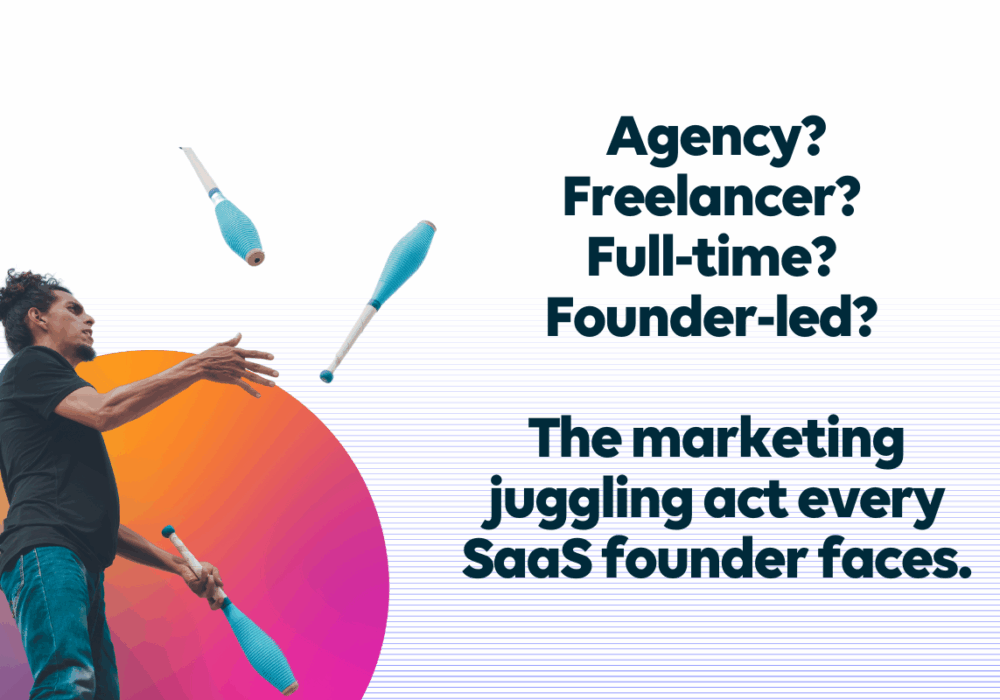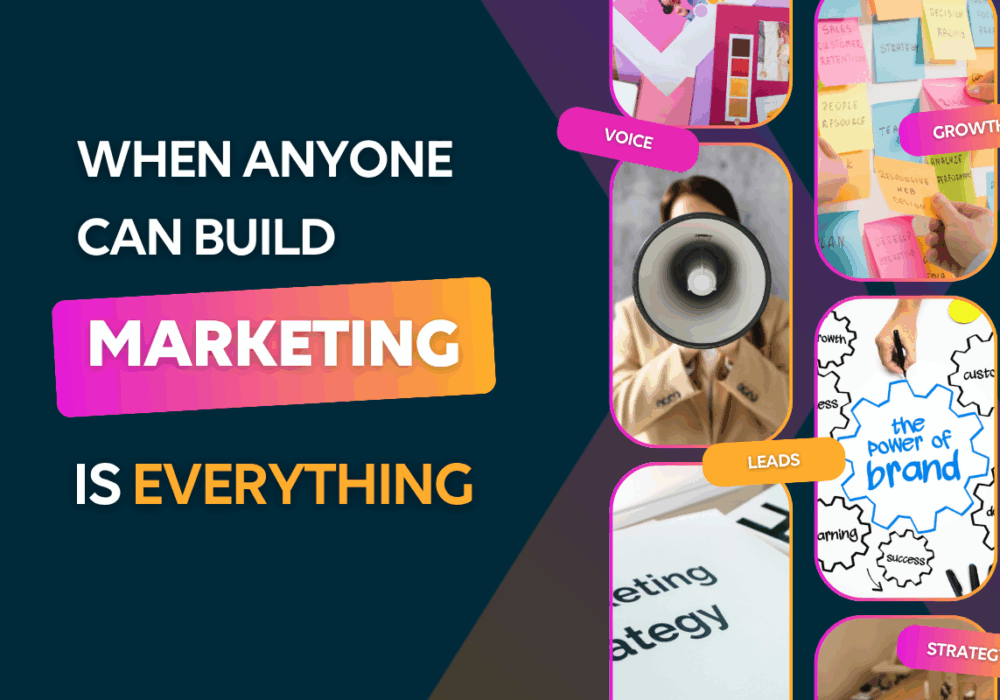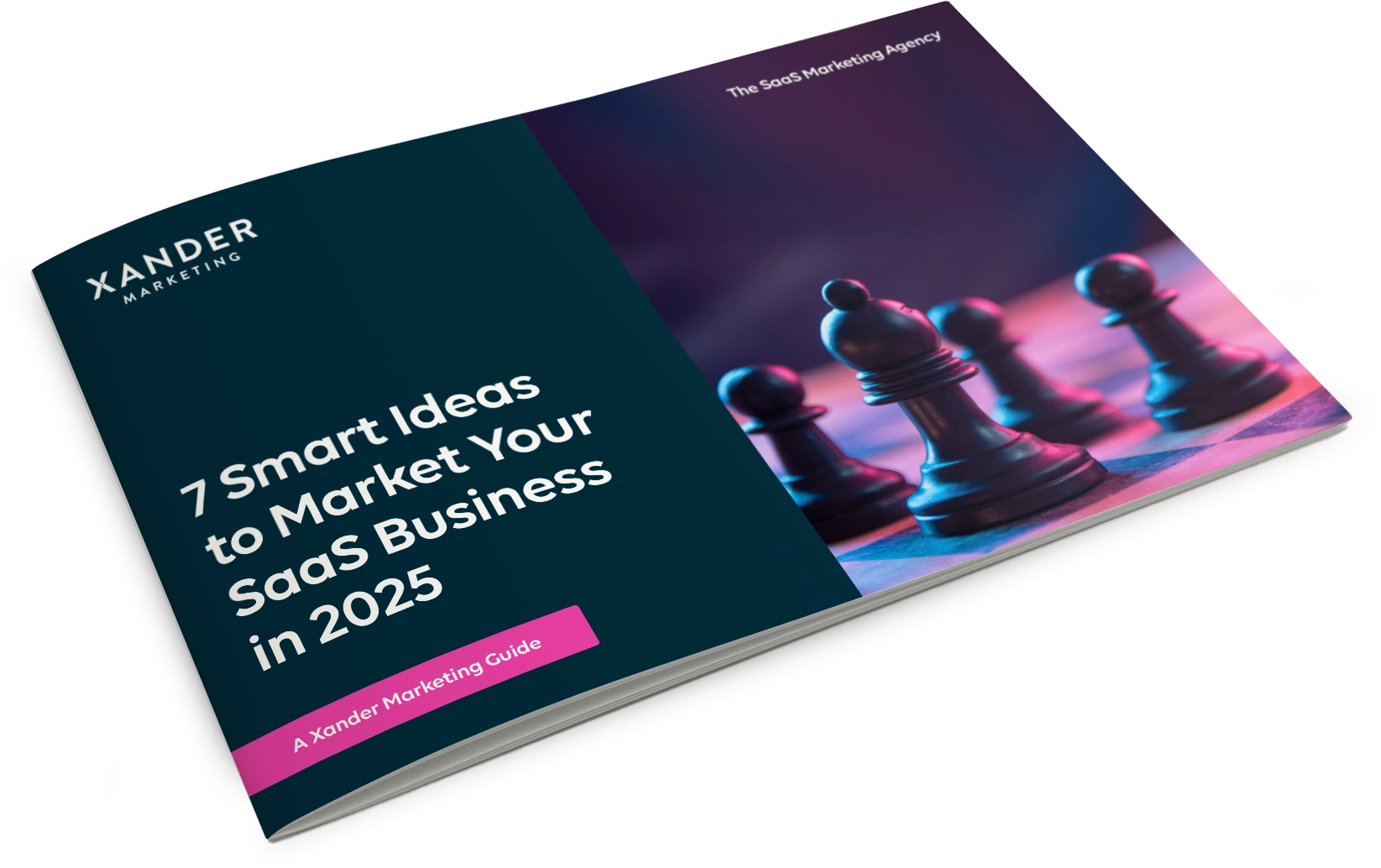How to Master SaaS Product led Growth
11th January 2023

Marketing can feel like a marathon for SaaS businesses, with constantly shifting benchmarks and an oversaturated market. From email marketing and social posts to costly paid advertising, you may feel like you’re running out of ways to explain how great your product is.
But what if your product could speak for itself? By letting potential customers experience a little bit of your product for free, you could ensure that they understand the added value it brings to their workplace, and get them primed to become paid users.
That’s precisely the logic behind the product led growth model, which puts your product front and centre, allowing your customers to experience it before making a purchase decision.
Product led growth is hardly a new strategy, with long-standing companies like Docusign running free trials since 2005. However, with 58% of SaaS companies currently investing in product-led growth and 91% of these planning to increase investment, PLG is poised to become the new norm.
Here’s our tips on harnessing the power of free trials, demos and freemium models to grow your company sustainably.
What is product led growth?
Product led growth means using your product to sell itself. A PLG strategy focuses on a product’s capabilities and value to acquire, activate and retain customers. Most often associated with free trials and freemium models, product led growth relies on alignment between sales, marketing, customer service and development teams to offer a truly scalable product.
Rather than convincing your customers of your product’s value then asking them to make a purchase, product led growth seeks to expand the customer base by offering them a limited experience of a product, delivering value before any money changes hands.
Not to be mistaken for a time-limited trial, product led growth usually allows customers to explore product features for as long as they like before making a purchase decision. This allows them to truly integrate a product into their daily work and routines, understanding its value and seeking the next step in engagement.
The benefits of product led growth
Faster growth
Product led growth widens the sales funnel, swiftly streamlining customers into the evaluation stage and allowing them to move further down at their own pace. This leads to significant and speedy growth, with product-led companies more than twice as likely to be growing quickly than sales-led companies.
Global growth
Giving customers the keys to test-drive your product isn’t limited to a particular location. In fact, with product led growth you can open your sales funnel to customers and companies across the globe, regardless of time zone or language.
Affordable onboarding
Gone are the days of sending sales reps to talk customers through the onboarding process. Now customers who have enjoyed the freemium features can onboard themselves with a few taps of their screens, allowing them to engage with your full product immediately at no added cost to you.
User advocacy
Because your potential customers can truly engage with your product for free, they can start spreading the word about it before they become customers themselves. This significantly increases the amount of all-important word-of-mouth marketing, starting even more users on their customer journey.
How to build your product led growth strategy
1. Ask if it’s right for your product
Product led growth is a powerful tool, but it’s not right for every SaaS product. Make sure the model fits your product, goals and growth plan before diving into the deep end.
First, think about what value your product offers. In order to be a good fit, it needs to solve a genuine problem in a way that is unique, quick, and satisfactory. Good SaaS PLG products need to quickly become part of users’ daily toolkits, and something they can’t do without.
You also need to consider the accessibility of your product. A PLG product needs to demonstrate genuine value to the user immediately, or risk losing their interest. A product that is too complicated to start using straight away, or one that requires a demo, isn’t a good fit for this model.
Finally, think about your finances. Are you at a stage in your growth where you can afford to give away your base product for free? Consider that the freemium model can lead to an initial lull in revenue while users explore your features and decide whether to become paying customers.
2. Shift your focus
In order to truly master product led growth, you need to go beyond the surface. Any business can offer a free trial, but true PLG starts from the ground up and impacts every area of your business.
You need to reimagine your growth journey across departments with user experience at the core. This means redefining the roles of your sales and marketing teams, as well as aligning their goals with those of the customer service and product development teams.
With every team working together with the same goals and journey in mind, you’ll be able to create a stellar user experience and a scalable product that keeps customers coming back for more.
3. Align your pricing
Transparency is key when it comes to keeping customers on board with your product led marketing. That’s why you need to start with a clearly defined revenue model with pricing plans that reflect the value of the product.
Consider offering the free version of your product without obligation. There’s nothing like having to enter credit card details to sour the excitement of a free tool. Make sure that this version gives a genuine and satisfying experience of your product.
Make sure users know what benefits they will gain by becoming paid customers, with all key features clearly outlined so that users can buy the optimum plan for their needs.
4. Add value
The product led growth model doesn’t stop when a user converts to a paying customer. You need to have a clear roadmap in place with premium features and add-ons that can constantly increase your customers’ experience – and your revenue.
5. Go viral
Tap into word-of-mouth marketing by ensuring that new customers bring their colleagues on board. If your product has networking functionality, play into this by encouraging your users to invite and interact with their connections.
With B2B SaaS, the ideal scenario is to have a whole workplace using your product. By offering tiered pricing for different numbers of users, you can make this a more lucrative offer to businesses, giving them a bigger saving for the more members of their network who sign up.
Find the right growth model with Xander Marketing
Thanks to the efforts of PLG early adopters, we now live in a product-first era, with customers seeking immediate and exceptional user experiences before all else.
This doesn’t mean you can throw out your digital marketing playbook for good, but it does require a whole-company shift toward product led decision making. With the right approach, you’ll soon see your product advertising itself, helping you to acquire and retain quality customers.
If you’re looking to shake up your strategy, get in touch with Xander Marketing. Having worked with over 200 global SaaS businesses, Xander Marketing is the ideal partner for creating a growth-oriented marketing strategy for your product. We can support your fast, global and sustainable growth with MRR, demos, trials and more.
Ready to find out more? Get started with your free 30 minute consultation.





